When we set up bird feeders in our yards, we’re inviting beautiful winged visitors to share our space. However, these feeders can also attract uninvited guests like bears, raccoons, squirrels, and other wildlife looking for an easy meal. This can create dangerous situations for both wildlife and humans, as animals that become habituated to human food sources often face unfortunate consequences. This comprehensive guide will help you enjoy bird watching while keeping wildlife safe and preventing potential conflicts.
Understanding Why Bears and Wildlife Are Attracted to Bird Feeders
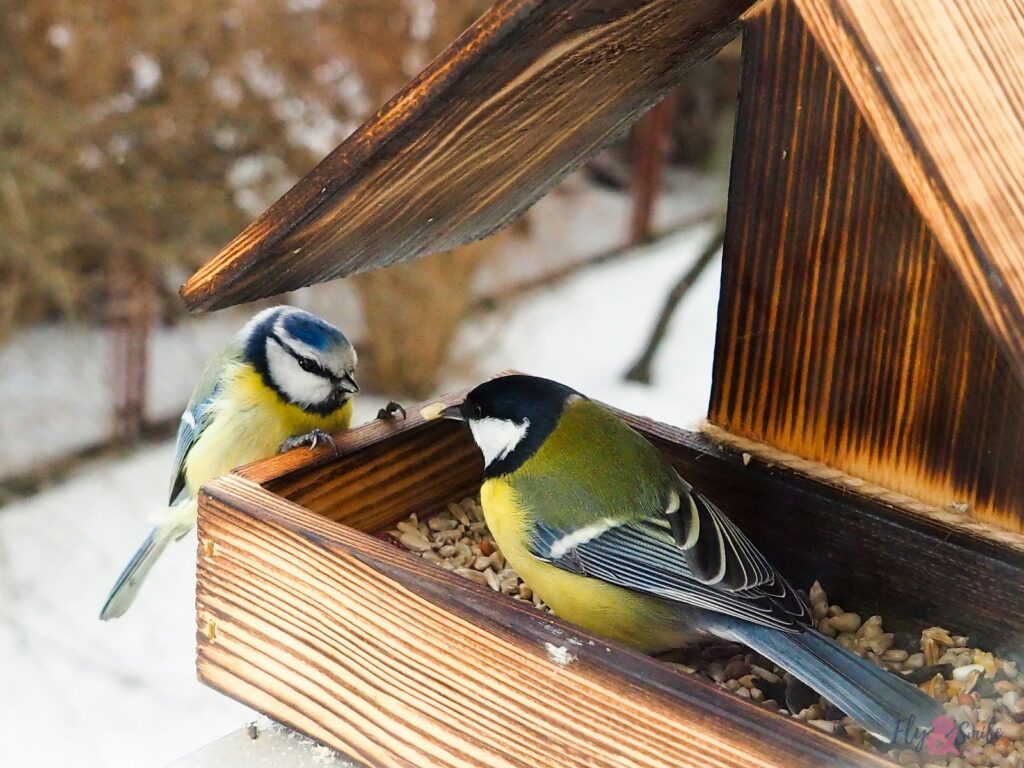
Bird feeders are essentially wildlife magnets due to their high-calorie, easily accessible food offerings. For bears especially, bird seed represents an irresistible caloric jackpot—a single feeder can contain thousands of calories that require minimal energy expenditure to obtain. This attraction is particularly strong during spring when bears emerge from hibernation hungry, and in fall when they’re building fat reserves. Additionally, the aromatic nature of many seeds travels far on the wind, drawing animals from surprising distances. For smaller creatures like raccoons and squirrels, bird feeders represent not just food but predictable, consistent food sources that make them worth revisiting regularly.
The Consequences of Bears Accessing Bird Feeders
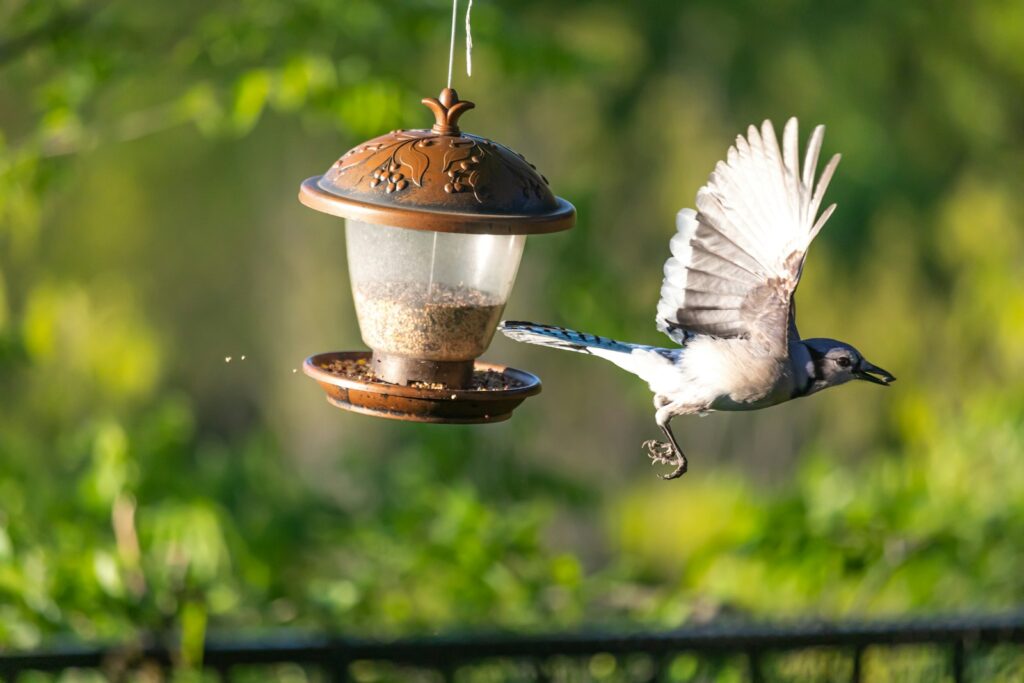
When bears successfully raid bird feeders, the outcomes extend far beyond a simple loss of seed. Bears that associate human habitations with food rewards become increasingly bold and may begin investigating porches, garbage cans, and eventually homes themselves. This habituation often leads to what wildlife managers call “problem bears”—animals that have lost their natural wariness of humans and regularly seek human-provided food. Statistically, these bears face much higher mortality rates, as they’re more likely to be involved in human conflicts that result in their relocation or euthanization. The wildlife management adage “a fed bear is a dead bear” tragically holds in many cases, making proper bird feeder management not just convenient but ethical.
Seasonal Bird Feeding Strategies
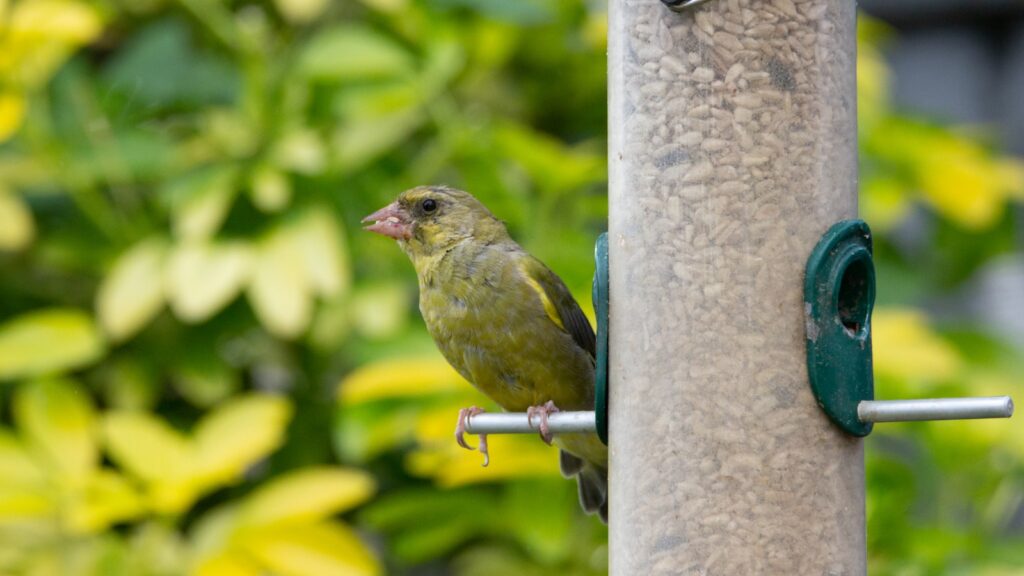
Adapting your bird feeding practices to the seasons represents one of the most effective ways to prevent wildlife conflicts while still enjoying bird watching. In bear-active regions, the safest approach is removing feeders completely during peak bear seasons, typically from April through November in most North American regions. Winter feeding (December through March) generally poses minimal risk as bears are hibernating. Some regions publish “bear awareness calendars” that provide localized guidance on when to safely deploy and remove feeders. For year-round bird enjoyment during no-feeder periods, consider installing bird baths, native plant gardens, or nesting boxes that attract birds without using calorie-dense foods that appeal to bears.
Strategic Feeder Placement

Where you position your bird feeders significantly impacts their accessibility to unwanted wildlife. Ideal placement includes hanging feeders at least 10 feet high and 10 feet away from any structure that could help bears climb or reach them—this includes tree trunks, deck railings, or roof overhangs. Creating an open space around feeders also makes bears more uncomfortable, as they prefer not to feed in exposed areas. For additional security, consider placing feeders at least 100 feet from your home, as this distance helps prevent bears from associating your dwelling with food. Remember that bears can climb trees effortlessly, so height alone isn’t protection unless the mounting system itself is bear-resistant.
Bear-Resistant Feeder Solutions
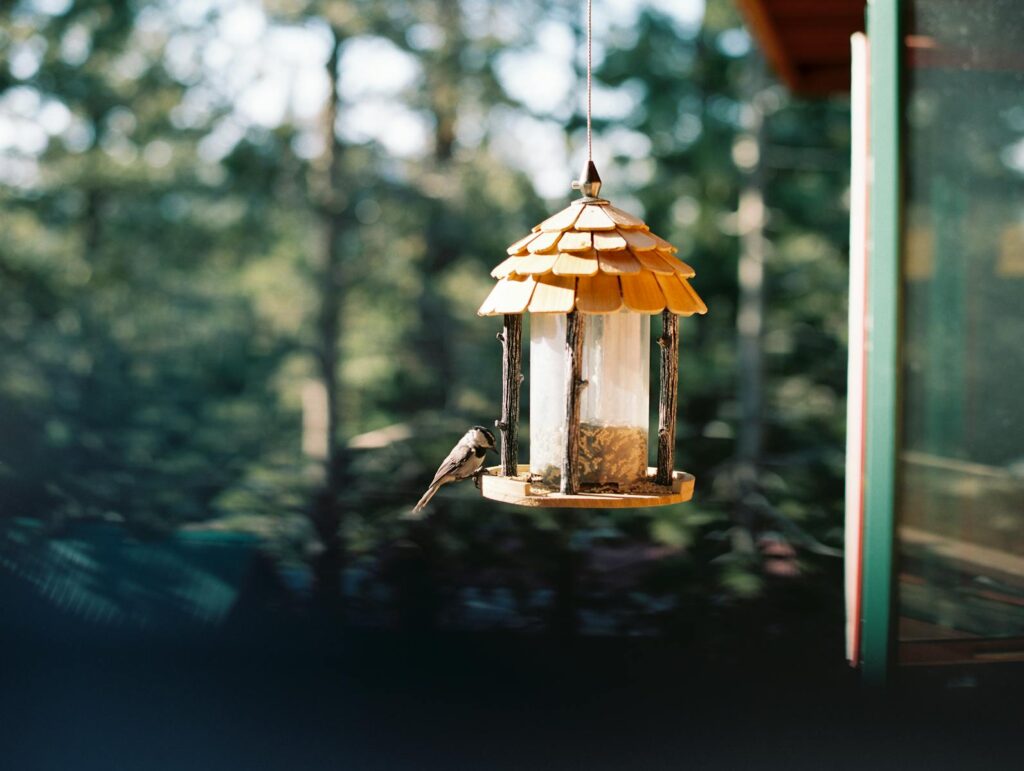
The market now offers several specialized bird feeders designed specifically to thwart bear access while remaining functional for birds. These typically feature metal construction with reinforced feeding ports and locking mechanisms that prevent tampering. Some models incorporate weight-sensitive perches that close access when anything heavier than a bird lands on them. Commercial bear-proof bird feeding systems often use steel cages surrounding traditional feeders, creating a barrier that allows small birds to enter while blocking larger animals. While these specialized feeders typically cost more than standard models, they represent an investment that pays for itself by preventing repeated feeder destruction and seed loss, making them economical in the long run for those in bear-active areas.
DIY Bear-Proofing Methods

For those preferring to adapt existing feeders, several do-it-yourself methods can increase bear resistance. Creating a pulley system allows feeders to be suspended from a wire strung between two trees, making them unreachable from below or above. This system should include components that prevent bears from climbing or reaching the wire itself. Another effective approach involves mounting feeders on smooth metal poles at least 10 feet tall and 6 inches in diameter—dimensions that make climbing difficult even for motivated bears. Adding a specialized bear baffle (a cone-shaped barrier) to the pole provides additional security by preventing climbing attempts. Electrified wire systems, while more complex to install, offer highly effective deterrence when properly implemented and maintained.
Managing Seed Spillage
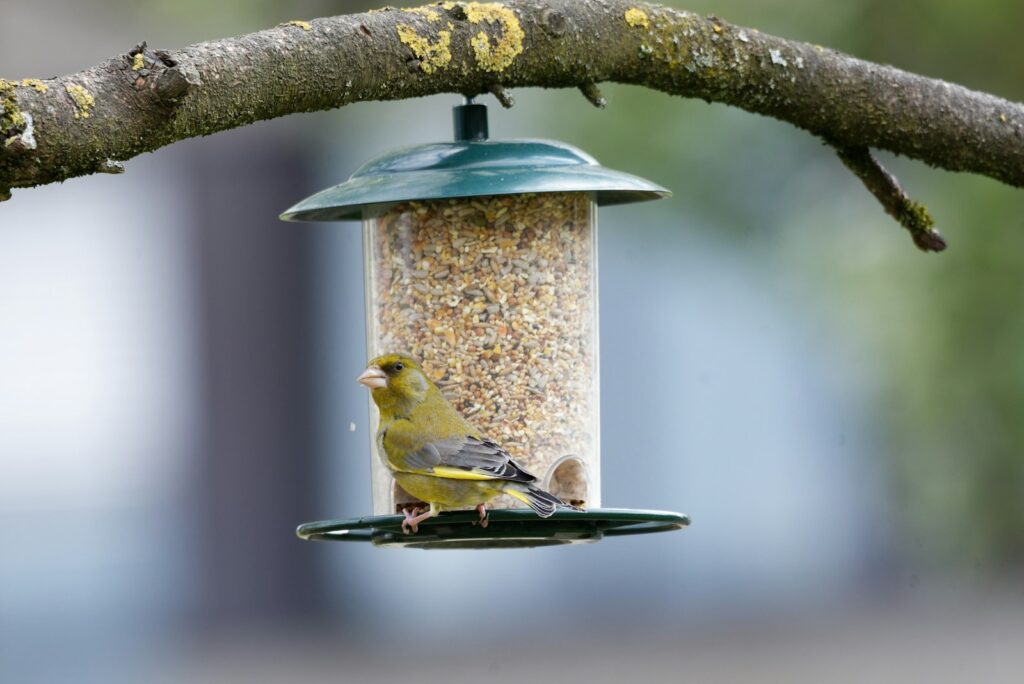
Even well-designed feeders can become wildlife attractants if fallen seed accumulates underneath them. Regular cleanup is essential—experts recommend a daily routine of raking or sweeping seed hulls and dropped food from beneath feeders. Seed catch trays can dramatically reduce ground spillage, with the added benefit of preventing weed growth from scattered seeds. Some bird enthusiasts have found success with using only hulled seeds that leave minimal waste when birds feed. For areas with persistent bear problems, consider using no-mess seed blends specifically formulated to reduce waste and spillage, typically containing shelled sunflower hearts, millet, and cracked corn rather than whole seeds with shells.
Alternative Bird Feeding Methods
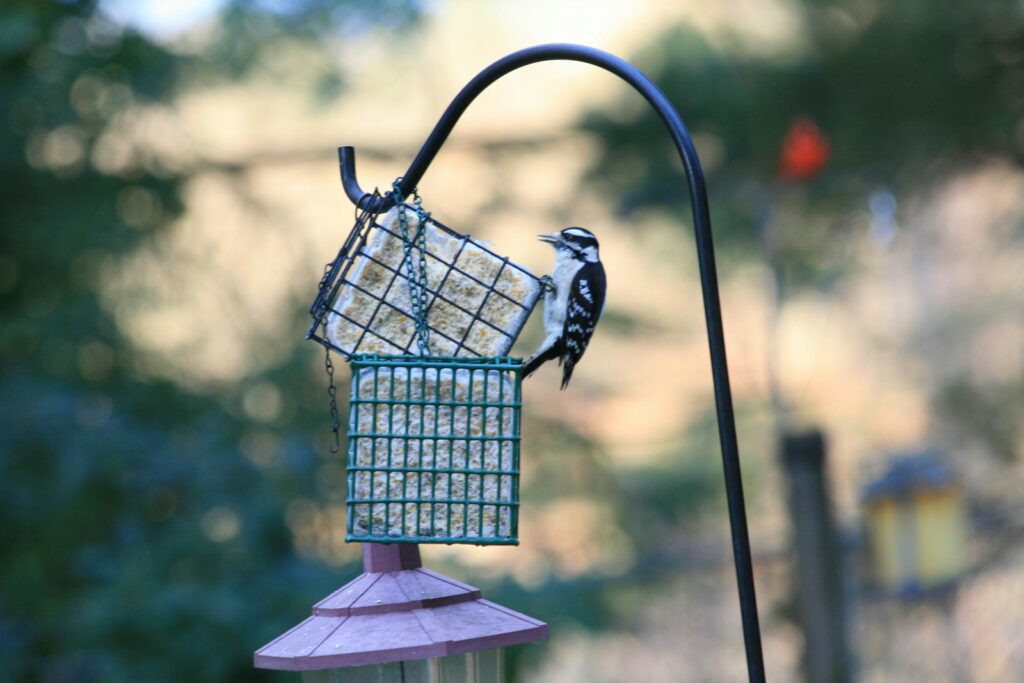
Beyond traditional feeders, several alternative approaches can attract birds while minimizing appeal to bears and other wildlife. Native plant landscaping provides natural food sources through berries, seeds, and the insects these plants attract, creating a sustainable bird habitat that typically doesn’t interest bears. Hummingbird feeders, when properly managed, rarely attract bears unless they’re extremely food-stressed, making them a safer option in some regions. Specialized feeders that dispense mealworms rather than seeds can attract insect-eating birds while being less interesting to bears. Additionally, suet feeders can be deployed seasonally during winter months when bears are hibernating, then removed before spring emergence, providing high-energy food to winter birds when they need it most.
Nighttime Feeder Management
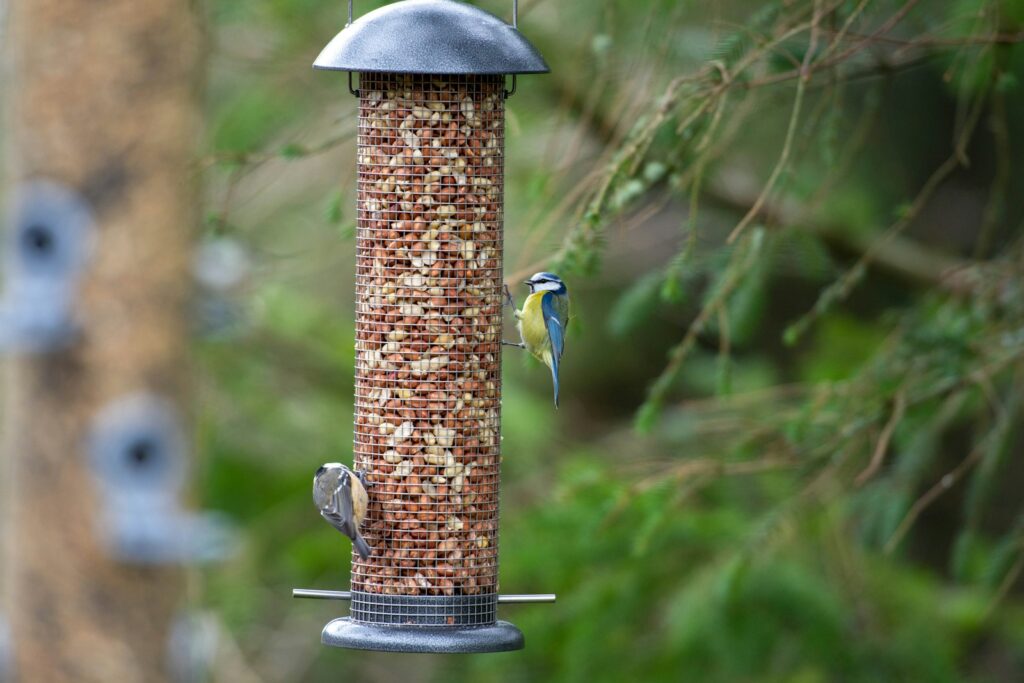
Since bears and many other wild animals are primarily nocturnal or crepuscular (active at dawn and dusk), bringing feeders indoors at night significantly reduces encounter risks. Establishing a routine of taking feeders in at sunset and redeploying them after sunrise requires discipline but effectively eliminates nighttime feeding opportunities. For those unable to maintain such a schedule, automatic timers connected to pulley systems can raise feeders to inaccessible heights during nighttime hours. Some commercial systems use solar-powered motors that automatically retract feeders based on light levels, ensuring they’re only accessible during daylight hours when birds are most active and bears are typically less so.
Choosing Bird Seeds That Minimize Wildlife Attraction
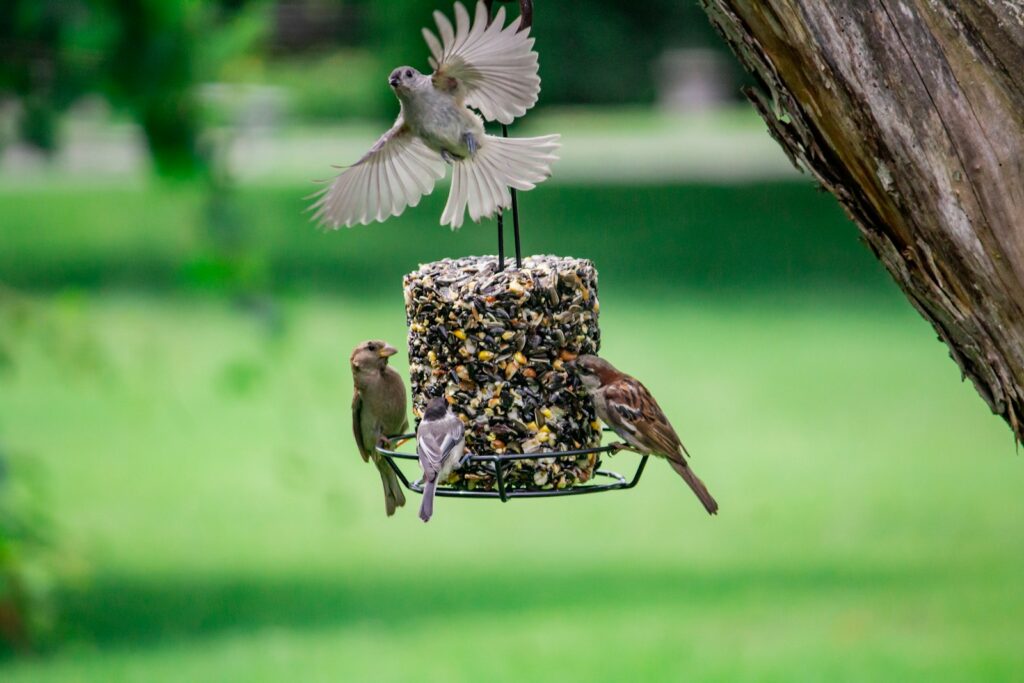
The type of seed you offer can significantly influence which wildlife your feeders attract. Safflower seed has a bitter taste that squirrels and some other mammals find unappealing, while still attracting many desirable bird species like cardinals and chickadees. Nyjer (thistle) seed primarily attracts finches and has minimal appeal to bears and raccoons due to its small size and specific nutritional profile. Avoiding popular wildlife favorites like black oil sunflower seeds, peanuts, and suet during bear active seasons can reduce attraction while still supporting bird populations. Some specialty bird seed blends are even treated with capsaicin (the compound that makes peppers hot), which birds cannot taste but deters mammals whose taste receptors are sensitive to the compound.
Deterrent Technologies and Products

Various deterrent technologies can provide additional protection for bird feeding stations. Motion-activated sprinklers deliver startling but harmless water sprays when large animals approach, conditioning bears and other wildlife to avoid the area. Similarly, motion-sensing lights or noise makers can create uncomfortable experiences that discourage nighttime visitors without harming them. Commercial bear deterrent granules use unpleasant scents to create perimeter barriers around feeding areas, though these require regular reapplication, especially after rain. Some homeowners have successfully deployed ultrasonic animal repellents that emit high-frequency sounds intolerable to many mammals but inaudible to most birds, providing a constant deterrent that doesn’t require daily management.
Community Cooperation and Local Regulations

Bear management is most effective when approached as a community effort rather than individual actions. In bear-prone regions, neighborhoods that coordinate their bird feeding practices—such as collectively removing feeders during high-risk seasons—create fewer opportunities for bears to develop problematic behaviors. Many municipalities and counties have enacted specific ordinances regarding bird feeders in bear country, with some imposing significant fines for non-compliance during certain seasons. Before establishing a feeding station, check with local wildlife authorities, homeowners associations, and municipal codes to ensure your practices align with regional guidelines. Remember that wildlife attractant laws exist not to restrict freedoms but to protect both humans and animals from dangerous interactions that typically end poorly for the wildlife involved.
What to Do If Bears Keep Coming Despite Precautions
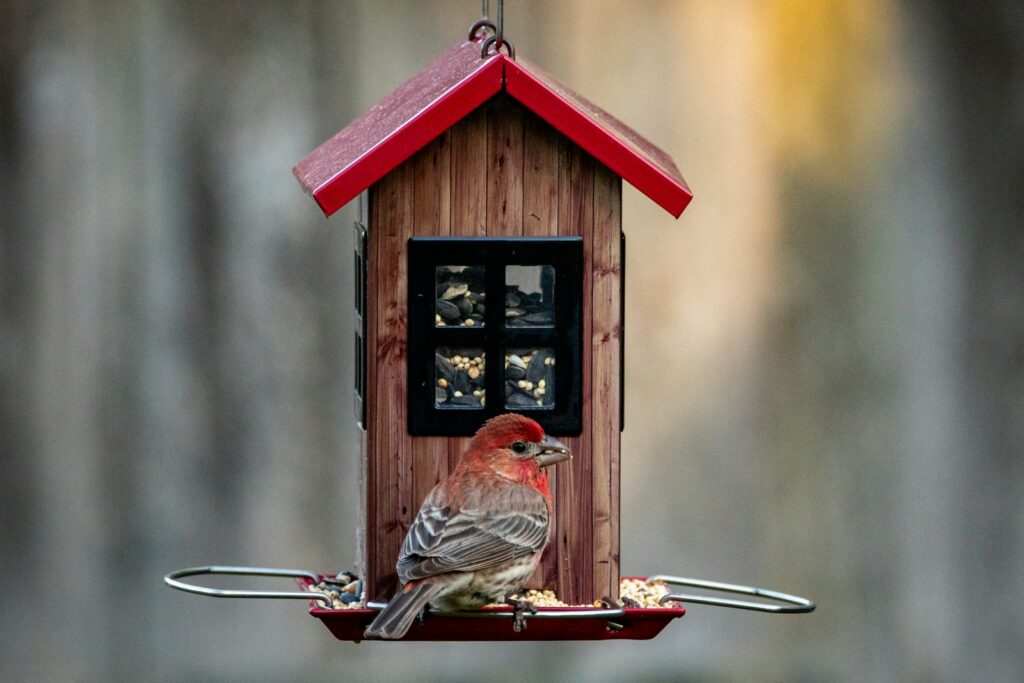
If bears continue to visit despite implementing protective measures, wildlife experts unanimously recommend immediately removing all feeding stations for at least several weeks to break the association between your property and food rewards. Document bear visits with photos from a safe distance and report persistent bear activity to local wildlife authorities, who may provide additional resources or assistance. Never attempt to scare or confront a bear yourself, as this can provoke defensive behaviors and create dangerous situations. In areas with particularly persistent bear issues, consider completely suspending bird feeding activities and pivoting to alternative bird attraction methods like bird baths, native plantings, or nesting boxes until the following winter when bears hibernate.
Conclusion
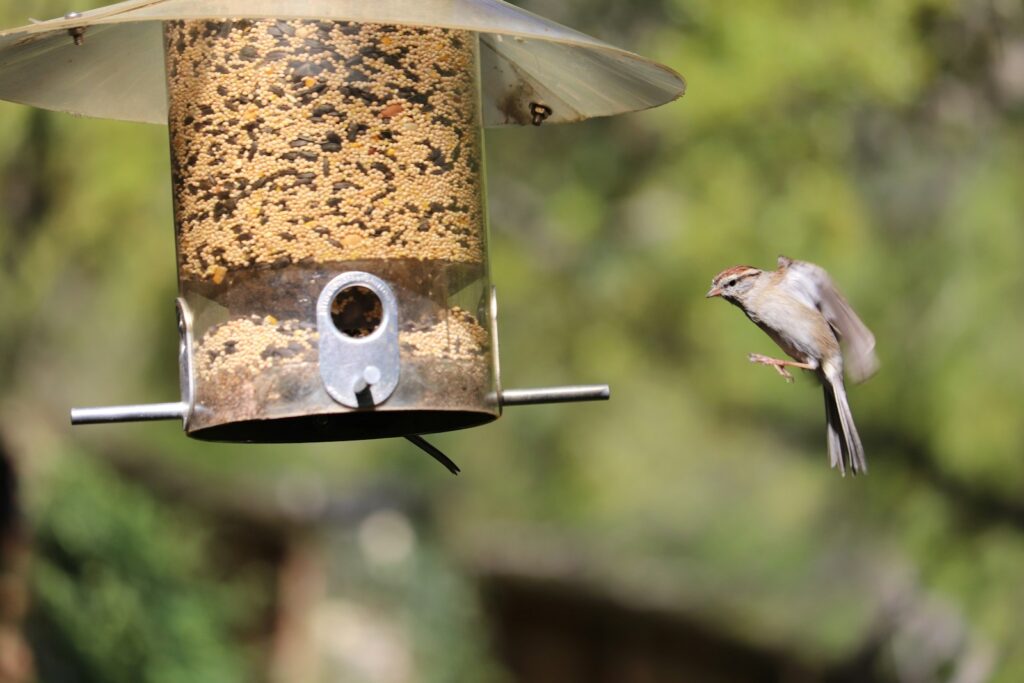
Creating a bird-friendly yard that doesn’t endanger local wildlife requires thoughtful planning and consistent management. By implementing seasonal feeding schedules, using appropriate equipment, choosing the right seeds, and understanding wildlife behavior patterns, you can enjoy the pleasures of bird watching while practicing responsible stewardship. Remember that while we value our connection with backyard birds, our primary responsibility is ensuring our activities don’t harm the wider ecosystem or create dangerous situations for wildlife that may ultimately lead to their demise. With the right approach, it’s possible to create harmony between your bird-watching hobby and peaceful coexistence with your wild neighbors.
